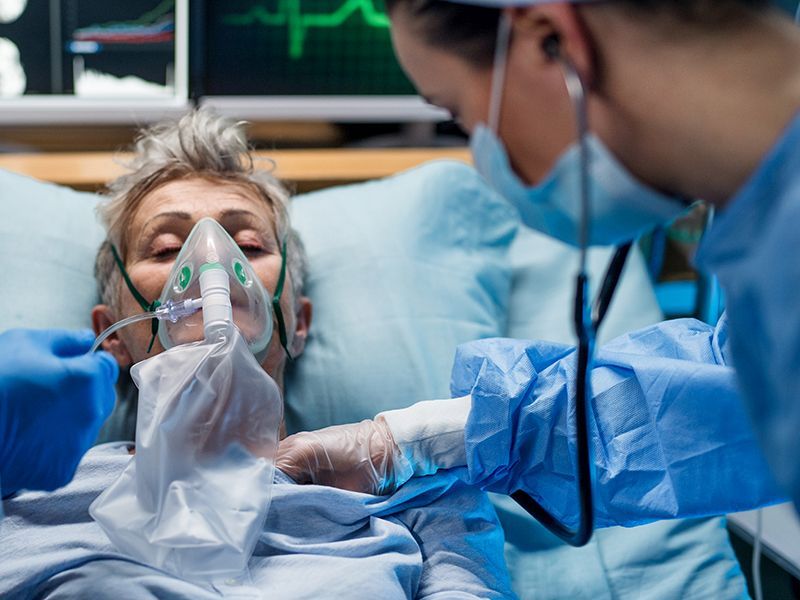High-SES patients less likely to receive delayed cardiopulmonary resuscitation; more likely to survive CPR, to survive to discharge and to 30 days
WEDNESDAY, Dec. 23, 2020 (HealthDay News) — For patients with in-hospital cardiac arrest (IHCA), higher socioeconomic status (SES) is associated with a lower likelihood of receiving delayed cardiopulmonary resuscitation (CPR), according to a study published online Dec. 20 in the European Heart Journal.
Jens Agerström, Ph.D., from Linnaeus University in Växjö, Sweden, and colleagues examined SES disparities in IHCA treatment and survival by assessing SES at the patient level, with education and income constituting SES proxies. Overall, 24,217 IHCAs from the Swedish Register of Cardiopulmonary Resuscitation were analyzed.
The researchers found that high- versus low-SES patients were significantly less likely to receive delayed CPR (odds ratios, 0.89 and 0.98 for highly educated and high income, respectively) after controlling for age, gender, ethnicity, comorbidity, heart rhythm, etiology, hospital, and year. Patients with high SES were significantly more likely to survive CPR, to survive to hospital discharge with good neurological outcome, and to survive to 30 days. In secondary analyses, the investigators found that patients with high SES were significantly more likely to receive prophylactic heart rhythm monitoring; this finding seemed to partially account for the observed differences in CPR delay.
“The finding that SES differences remain after controlling for major demographic, clinical, and contextual factors suggests the presence of treatment bias/discrimination,” the authors write. “Such bias, where patients are treated differently due to their SES, may stem from prejudiced attitudes among hospital staff.”
Copyright © 2020 HealthDay. All rights reserved.








